In 2019, OceanX researchers embarked on an expedition off the coast of the Bahamas, descending hundreds of meters deep in their submarine "Nadir." As they gazed through the sub's windows, the cameras captured a stunning, eerie scene. A massive bluntnose sixgill shark circled the submarine, creating a spine-chilling moment that feels straight out of a thriller. The footage, later shared on YouTube, is a reminder of how little we know about the enormous creatures dwelling in the ocean's depths.

The video, viewed over 25 million times, shows the shark emerging from swirling white vortices around the sub. With an alien-like eye, she peers into the window with a cold, reptilian gaze. She then rolls, flips, and even fiddles with a tagging gun on the back of the submarine. “This is a monster,” one researcher can be heard saying in the video, as the shark appears to inspect the tagging gun on the sub. The undersea beast was about 20 feet long, nearly twice the size of the submarine, according to the OceanX research crew. The goal of the researchers was to attach a satellite tag to the shark.
The clip left many people utterly fascinated with the shark. Many compared it to a sea "monster."@gamecop2191 commented, "Humans: Look at the width of that thing. Giant Monster: *rolls eyes*" and @ManSpider92 added, "That human-like eye is unsettling me. That stare down."
Despite their fascinating nature, little is known about bluntnose sixgill sharks because they dwell deep in the ocean and rarely surface. Though they aren’t the largest sharks—like the long-extinct Megalodon—they predate most dinosaurs and have existed for over 180 million years, according to Newsweek.
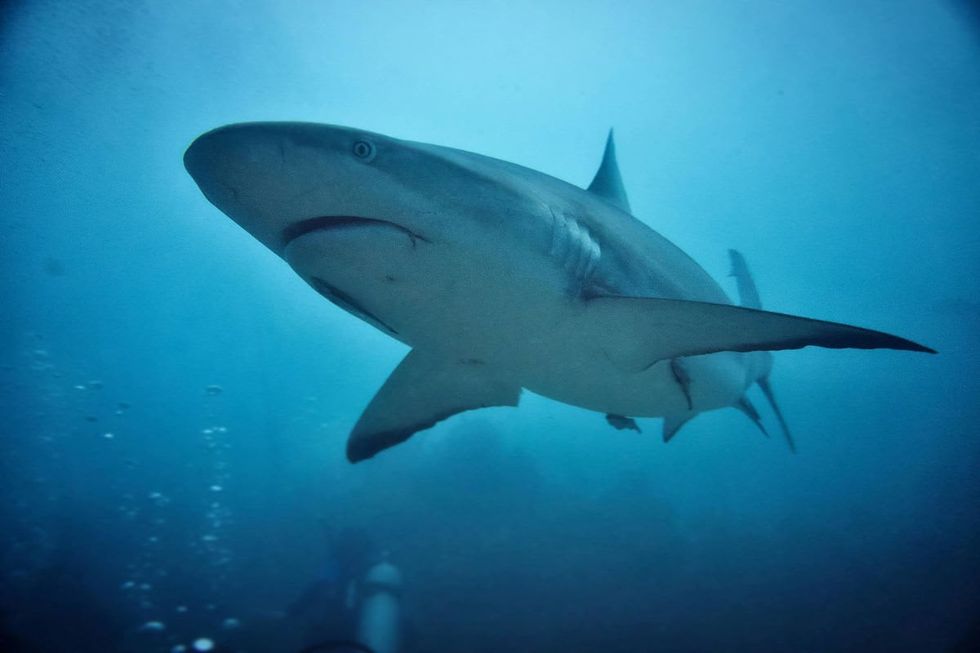
These sharks commonly live at depths of between 650 and 3,300 feet, although they have been spotted up to 5,000 feet below the surface. "Approximately half of all living species of sharks on the planet live their entire lives in the deep sea," the lead researcher Dean Grubbs, from Florida State University, told Newsweek. "Yet we know virtually nothing about their biology and ecology. Contrast this with the volumes of scientific information on species like white sharks and tiger sharks. Yet as commercial fisheries globally move deeper, deep-sea sharks are being increasingly caught, particularly as bycatch."
For this expedition, OceanX partnered with Bloomberg Philanthropies, Florida State University, Cape Eleuthera Institute and Moore Charitable Foundation, per NY Post. Though this particular mission failed and they were not able to tag this elusive female shark, in some other missions, researchers have successfully tagged sharks by bringing them to the surface. According to OceanX, Grubbs has been the first to put a satellite tag on one of these mysterious sharks. Yet, for each tagging process, the bluntnose sixgills have to be brought to the surface, as it is physiologically impossible to tag them deep under the sea. Because bluntnose sixgills are a deep sea species, it’s hard on them physiologically to be tagged in this way.
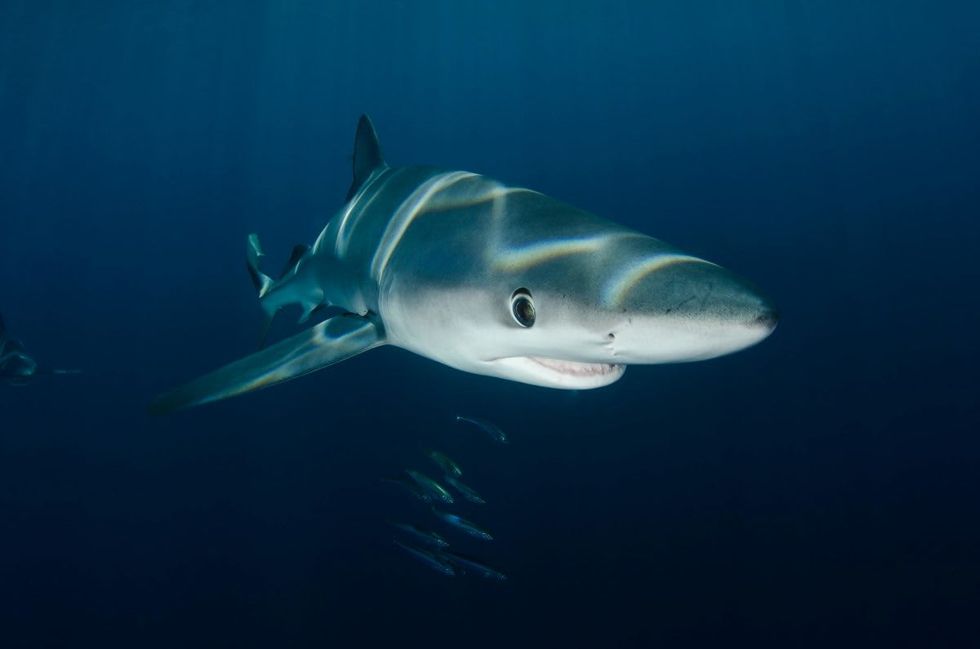
"It is often assumed that these deep-sea sharks would die if released," Grubbs told Newsweek. "We began this project in 2005 to begin investigating whether deep-sea sharks caught and brought to the surface survive if released. Since this time we have tagged more than 20 bluntnose sixgill sharks with archiving satellite tags and another 50 with simple identification tags. But all of these were tagged by bringing the sharks to the surface and tagging them alongside the boat or even bringing them onto the deck of the ship."
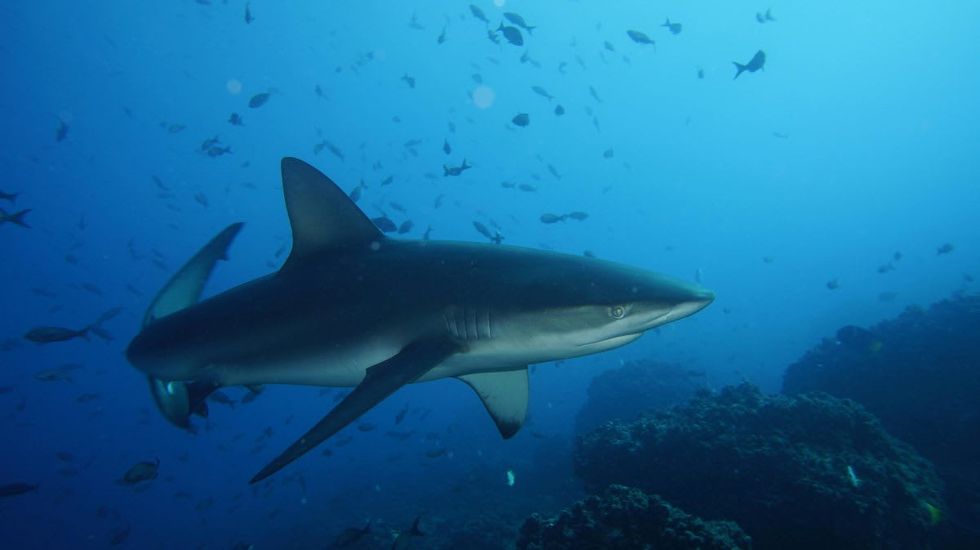
OceanX explains on its website that during the typical life cycle of these sharks, they don’t even experience daylight, and very rarely do they feel the low pressure and warmer temperatures of surface waters. After the tagging, the shark doesn’t resume its natural behaviors for some time. Therefore, the data obtained after surface tagging is usually believed to be slightly skewed.
As for the shark seen in the footage, this tag was supposed to remain on her body for three months, before detaching, floating to the surface and uploading the data it collected via satellite link to a processing center where it was meant to be analyzed.





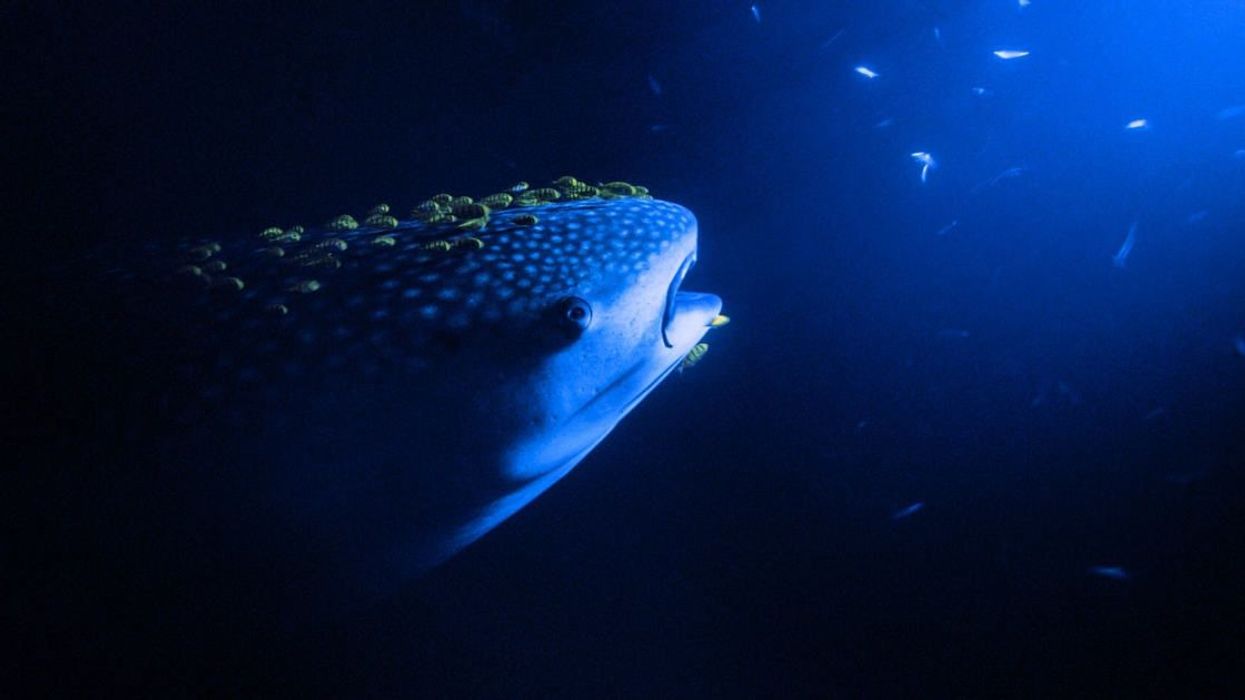












 Representative Image: Accents reveal heritage and history.
Representative Image: Accents reveal heritage and history.  Representative Image: Even unseen you can learn a lot from an accent.
Representative Image: Even unseen you can learn a lot from an accent. 

 Rice grain and white rice.Image via
Rice grain and white rice.Image via  Person eats rice.Image via
Person eats rice.Image via  Washing and rinsing rice.
Washing and rinsing rice.  Mother and daughter eating rice meal.Image via
Mother and daughter eating rice meal.Image via 

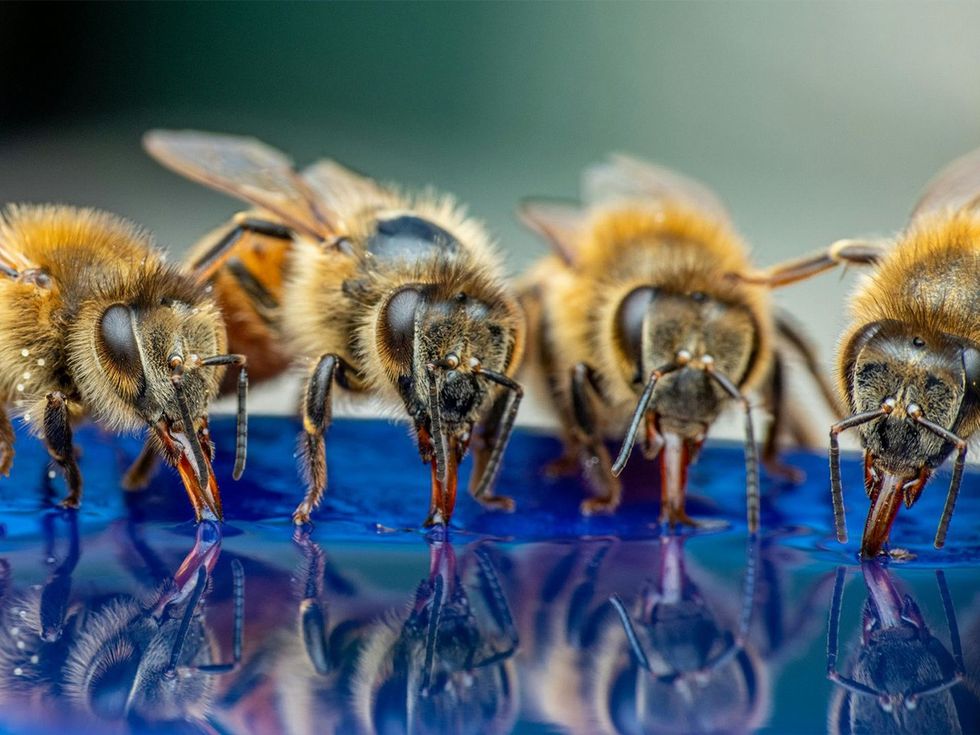 Bees feeding on food source.Image via
Bees feeding on food source.Image via 
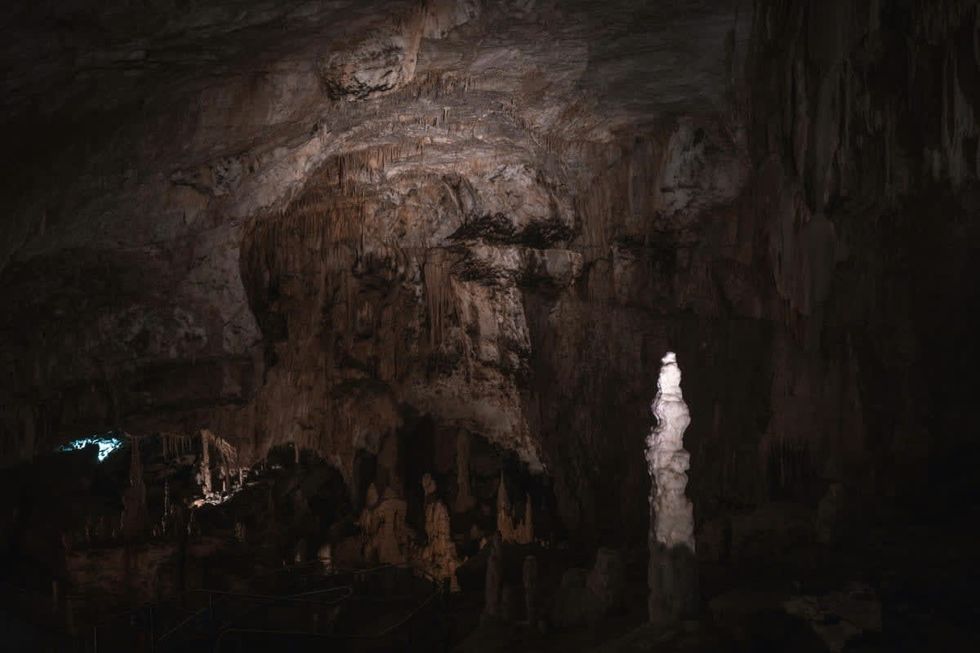 In the depths...Pexels | francesco ungaro
In the depths...Pexels | francesco ungaro Hope the lights stay on. Pexels | parfait fongang
Hope the lights stay on. Pexels | parfait fongang "That was beyond crazy..." YouTube |
"That was beyond crazy..." YouTube |  "This is the stuff of my nightmares..."YouTube |
"This is the stuff of my nightmares..."YouTube |  "Totally blown away..." YouTube |
"Totally blown away..." YouTube | 
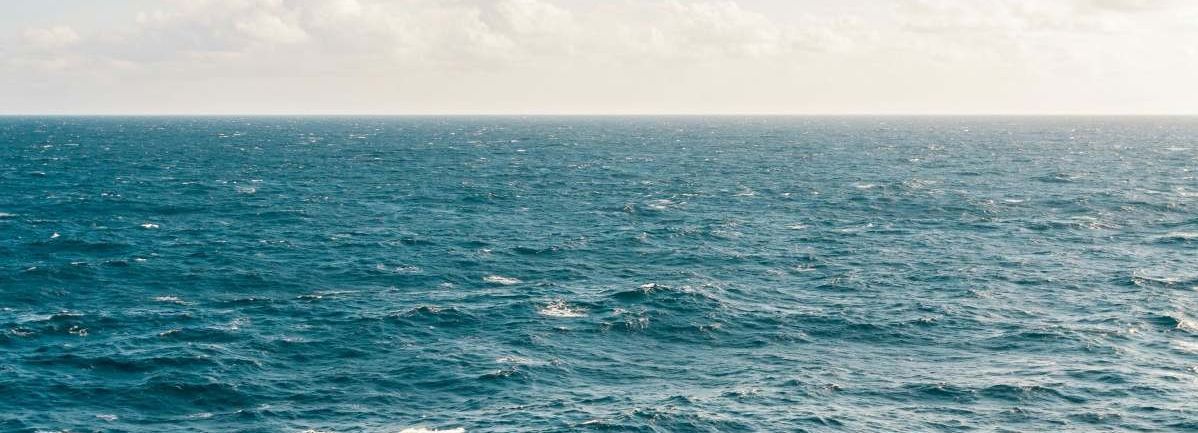 A representative Image of The Atlantic Ocean. Source: Pexels | Kellie Churchman
A representative Image of The Atlantic Ocean. Source: Pexels | Kellie Churchman Representative Image Source: Painting from a series by Ernest Untermann in the museum at Dinosaur National Monument, Utah.
Representative Image Source: Painting from a series by Ernest Untermann in the museum at Dinosaur National Monument, Utah. Representative Image Source: VARIOUS DINOSAURS IN GOBI DESERT. Photo by H. Armstrong Roberts/ClassicStock/Getty Images
Representative Image Source: VARIOUS DINOSAURS IN GOBI DESERT. Photo by H. Armstrong Roberts/ClassicStock/Getty Images
President Donald J. Trump and photo of a forest.
Public united and adamantly opposes Trump’s plan to roll back the Roadless Rule
There doesn't seem to be much agreement happening in the U.S. right now. Differing moral belief systems, economic disparity, and political divide have made a country with so many positives sometimes feel a little lost. Everyone desperately seeks a niche, a connection, or a strong sense of community to which they can feel a "part of," rather than just "apart."
But there seems to be one thing that the country strongly unites over, and that's the "Roadless Rule." With the Trump Administration attempting to roll back conservation policies that protect U.S. National Forests, Americans are saying in harmony an emphatic "No." A nonpartisan conservation and advocacy organization, the Center for Western Priorities, reviewed a comment analysis on the subject. After receiving 223,862 submissions, a staggering 99 percent are opposed to the president's plan of repeal.
What is the 'Roadless Rule' policy implemented in 2001?
The Roadless Rule has a direct impact on nearly 60 million acres of national forests and grasslands. According to the U.S. Department of Agriculture, the rule prohibits road construction and timber harvests. Enacted in 2001, it is a conservation rule that protects some of the least developed portions of our forests. It's considered to be one of the most important conservation wins in U.S. history.
America's national forests and grasslands are diverse ecosystems, timeless landscapes, and living treasures. They sustain the country with clean water and the wood products necessary to build our communities. The National Parks protected under their umbrella offer incredible recreational retreats and outdoor adventure.
Why does the administration want to roll it back?
U.S. Secretary of Agriculture Brooke L. Rollins told the Department of Agriculture in a 2025 press release, “We are one step closer to common sense management of our national forest lands. Today marks a critical step forward in President Trump’s commitment to restoring local decision-making to federal land managers to empower them to do what’s necessary to protect America’s forests and communities from devastating destruction from fires." Rollins continued, “This administration is dedicated to removing burdensome, outdated, one-size-fits-all regulations that not only put people and livelihoods at risk but also stifle economic growth in rural America. It is vital that we properly manage our federal lands to create healthy, resilient, and productive forests for generations to come. We look forward to hearing directly from the people and communities we serve as we work together to implement productive and commonsense policy for forest land management.”
Forest Service Chief Tom Schultz explained the Roadless Rule frustrated land management and acts as a challenging barrier to action. It prohibits road construction needed to navigate wildfire suppression and properly maintain the forest. Schultz said, “The forests we know today are not the same as the forests of 2001. They are dangerously overstocked and increasingly threatened by drought, mortality, insect-borne disease, and wildfire. It’s time to return land management decisions where they belong – with local Forest Service experts who best understand their forests and communities."
Why are people adamantly opposed to the proposed rollback?
A 2025 article in Earthjustice, a nonprofit environmental law organization, expressed its concern over the protection of national forests covering 36 states and Puerto Rico. A rescinded rule allows increased logging, extractive development, and oil and gas drilling in previously undisturbed backcountry. Here is what some community leaders had to say about it:
President Gloria Burns, Ketchikan Indian Community, said, "You cannot separate us from the land. We depend on Congress to update the outdated and predatory, antiquated laws that allow other countries and outside sources to extract our resource wealth. This is an attack on Tribes and our people who depend on the land to eat. The federal government must act and provide us the safeguards we need or leave our home roadless. We are not willing to risk the destruction of our homelands when no effort has been made to ensure our future is the one our ancestors envisioned for us. Without our lungs (the Tongass) we cannot breathe life into our future generations.”
Linda Behnken, executive director of the Alaska Longline Fishermen’s Association, stated, "Roadbuilding damaged salmon streams in the past — with 240 miles of salmon habitat still blocked by failed road culverts. The Roadless Rule protects our fishing economy and more than 10,000 jobs provided by commercial fishing in Southeast Alaska.”
The Sierra Club's Forest Campaign Manager Alex Craven seemed quite upset, saying, "The Forest Service followed sound science, economic common sense, and overwhelming public support when they adopted such an important and visionary policy more than 20 years ago. Donald Trump is making it crystal clear he is willing to pollute our clean air and drinking water, destroy prized habitat for species, and even increase the risk of devastating wildfires, if it means padding the bottom lines of timber and mining companies.”
The 2025 recession proposal would apply to nearly 45 million acres of the national forests. With so many people writing in opposition to the consensus, the public has determined they don't want it to happen.
Tongass National Forest is at the center of the Trump administration's intention to roll back the 2001 Roadless Rule. You can watch an Alaska Nature Documentary about the wild salmon of Tongass National Forrest here:
- YouTube www.youtube.com
The simple truth is we elect our public officials to make decisions. The hope is they do this for all of our well-being, although often it seems they do not. Even though we don't have much power to control what government officials do, voicing our opinions strongly enough often forces them to alter their present course of action. With a unanimous public voice saying, "No!" maybe this time they will course correct as the public wishes.